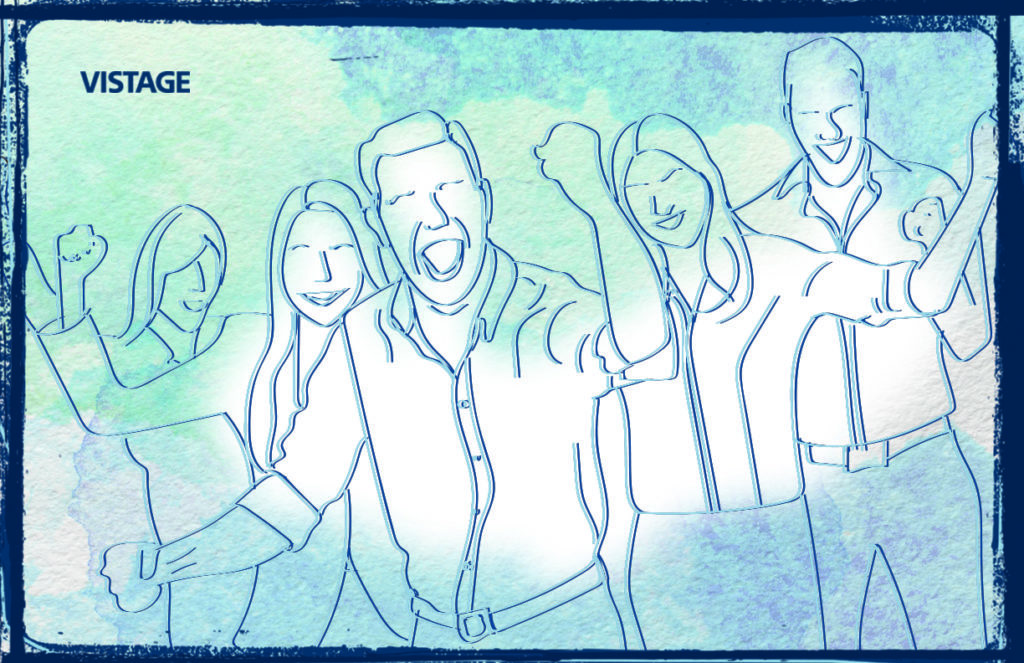White Space Unleashes Creative Insights

Leaders of businesses through the military recognize the need to unleash people’s creative insights in order to generate solutions. As I was updating my Vistage workshop, Getting Creative to Generate Growth Innovations, I had the opportunity to read another book on the topic, and thought I’d share its essence.
As the title indicates, a little chaos is needed in our lives’ routine in order to generate creativity. The Chaos Imperative: How Chance and Disruption Increase Innovation Effectiveness and Success, by Ori Brafman and Judah Pollack discusses the issue in relation to a specific assignment Brafman had with General Martin Dempsey, who later became the chairman of the US Joint Chiefs of Staff. Recognizing that the army was too rigid in its ways, too concerned with bureaucracy as opposed to effectiveness and so mired in paperwork that new ideas and innovations had no chance to take root, Demsey wanted to find a way to help “change the army”. The trigger was found in a small rectangular box kept by Demsey with the inscription: Make it Matter; it was filled with cards bearing the photo of soldiers who died in action under his command.
Brafman reviews a wide range of situations throughout history and ones with which he’s been involved in which people unleash their creativity to solve problems and create innovations. He suggests that three elements are key to harnessing chaos: white space, unusual suspects and organized or planned serendipity.
- White space – time off from the normal routine to do non-essential. By giving people a stretch of uninterrupted time to think, rather than forcing them to squeeze in short breaks during the normal work routine, people actually can become more productive by arriving at new solutions. Indeed, neuroscience supports this approach. Using fMRI imagery, we’ve discovered that our brains do not just solve problems and then rest; instead we have a “default mode network” which includes the posterior cingulated cortex (PCC) which constantly analyzes data and asks whether the world has changed enough to warrant a new approach? Assuming we are off-task – in white space – it signals us to adapt if the answer is yes.
- Unusual suspects – people who don’t seem to belong in the field they’re in and tend to weave together seemingly disparate worlds. For instance, during the 2012 US election, the most accurate predictor of the outcome was not someone from a traditional political polling organization like Gallup (which captures current sentiment), but a baseball statistician, Nate Silver, who specializes in foreseeing the future.
- Organized serendipity – engaging as many parts of your organization as possible. It means listening to people when they tell you there’s a problem. It means empowering those people to discover the solution, as they may be closer to the solution and it means engaging people at all levels of an organization, including janitors and non-descript clerks, who bring in unique perspectives that can solve the problem. Companies ranging from Albert Einstein Medical Center in Philadelphia to Pixar and Nintendo!
The key point is to acknowledge that, in an effort to minimize and control chaos, we actually stifle creativity and innovation, by reducing the white space, not inviting the unusual suspects and make no investment in organized serendipity. As one solider noticed: “I thought my job as a leader was to come into a unit and tell people what to do. To be a mentor and a guide, but also to take charge. Now I realize my job is to draw out ideas, to listen and to connect.” Read the book, it’s an easy and enjoyable read.
Many companies already recognize the need to give individuals time off to “explore ideas” (e.g., 3M and Google). Another approach is to form ongoing “creativity circles” which bring together members from all levels of the organization who meet regularly to identify problems and develop creative approaches. Just as “quality circles” rescued many automobile companies in the late 20th Century, we believe that “creativity circles” are critical to unleash creativity and solve problems and develop innovations.
What do you think? How does your company unleash the white space needed to gain a fresh perspective to daily challenges? Share with us.
Category: Performance Management / HR
Tags: Creativity, Innovation, Solutions

